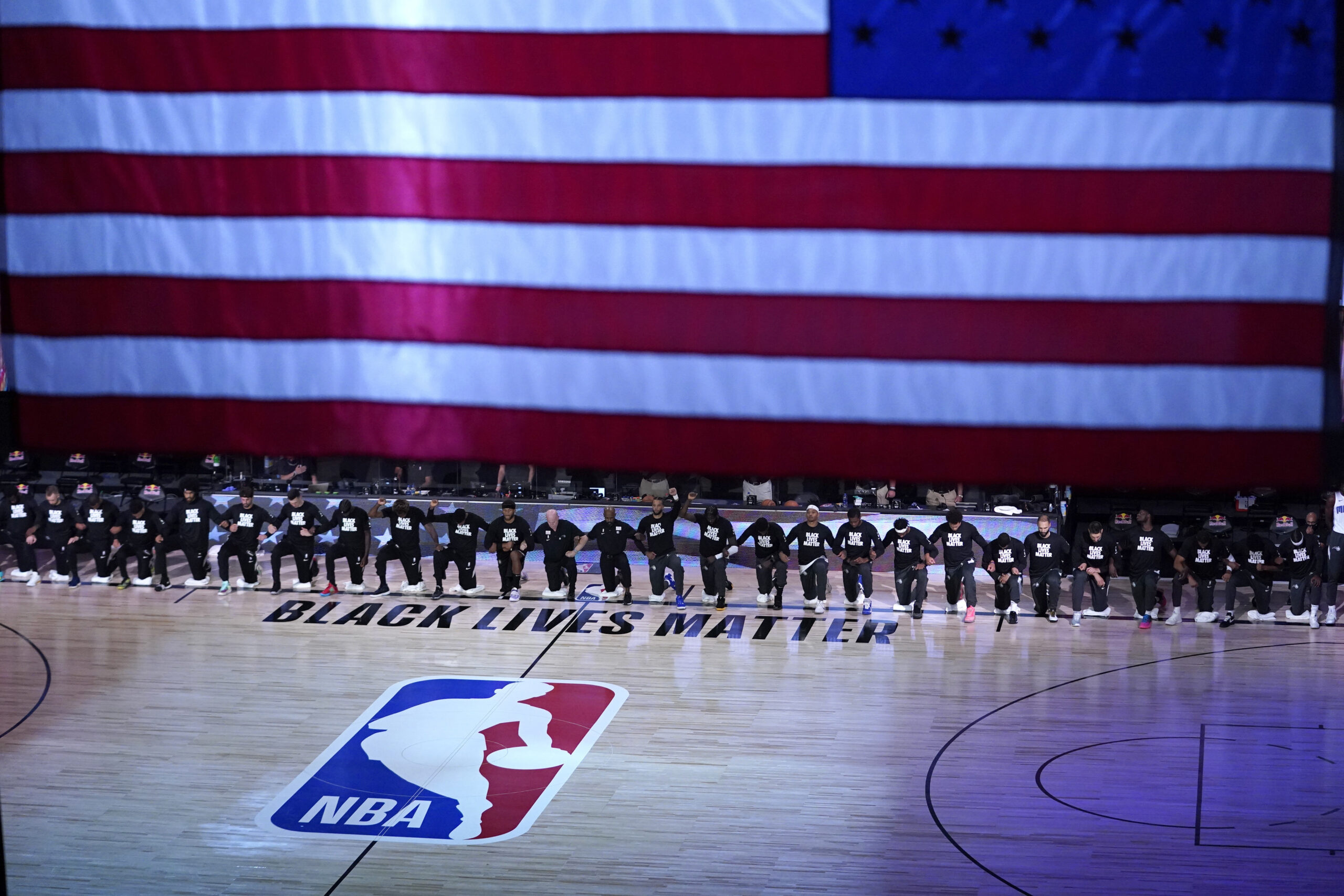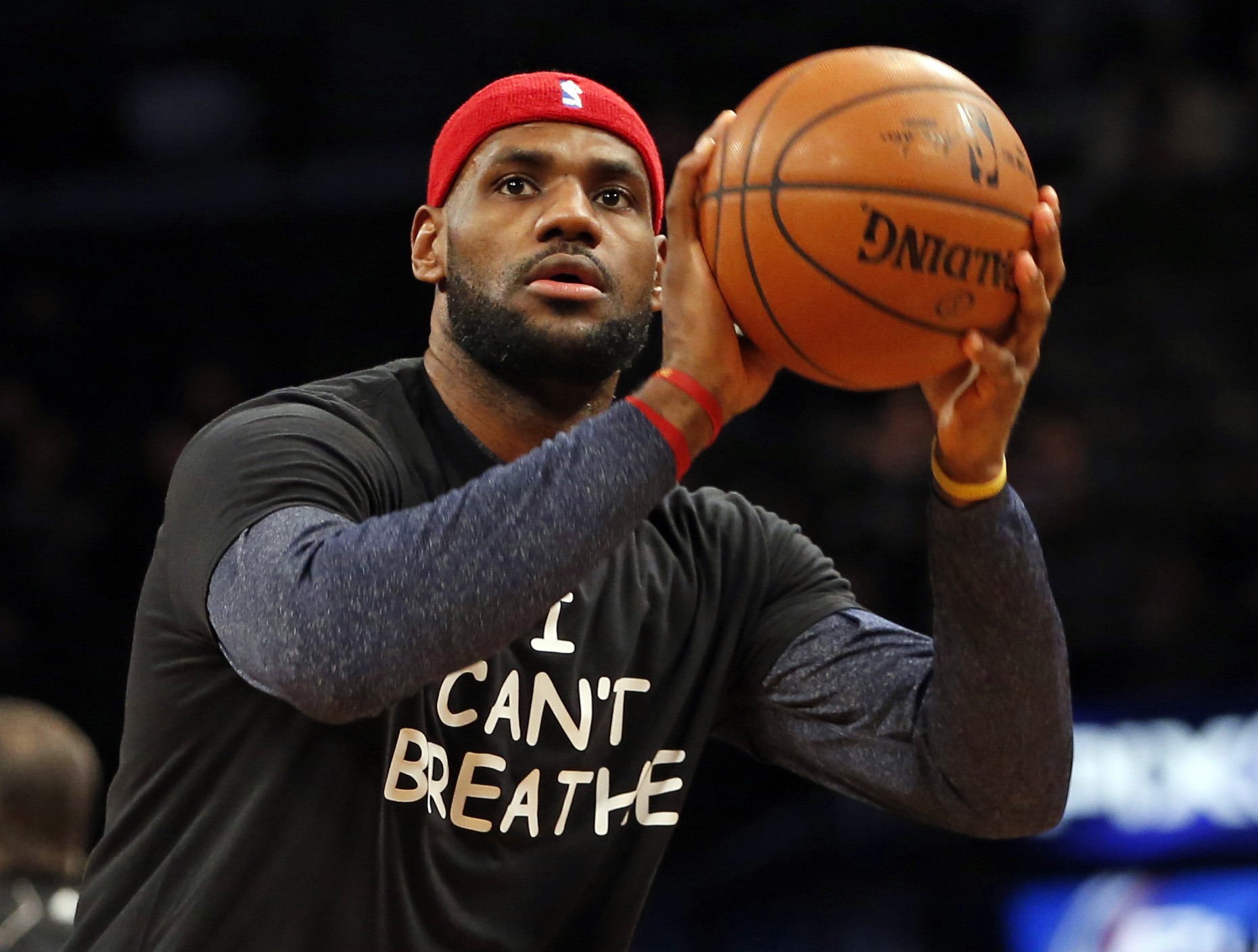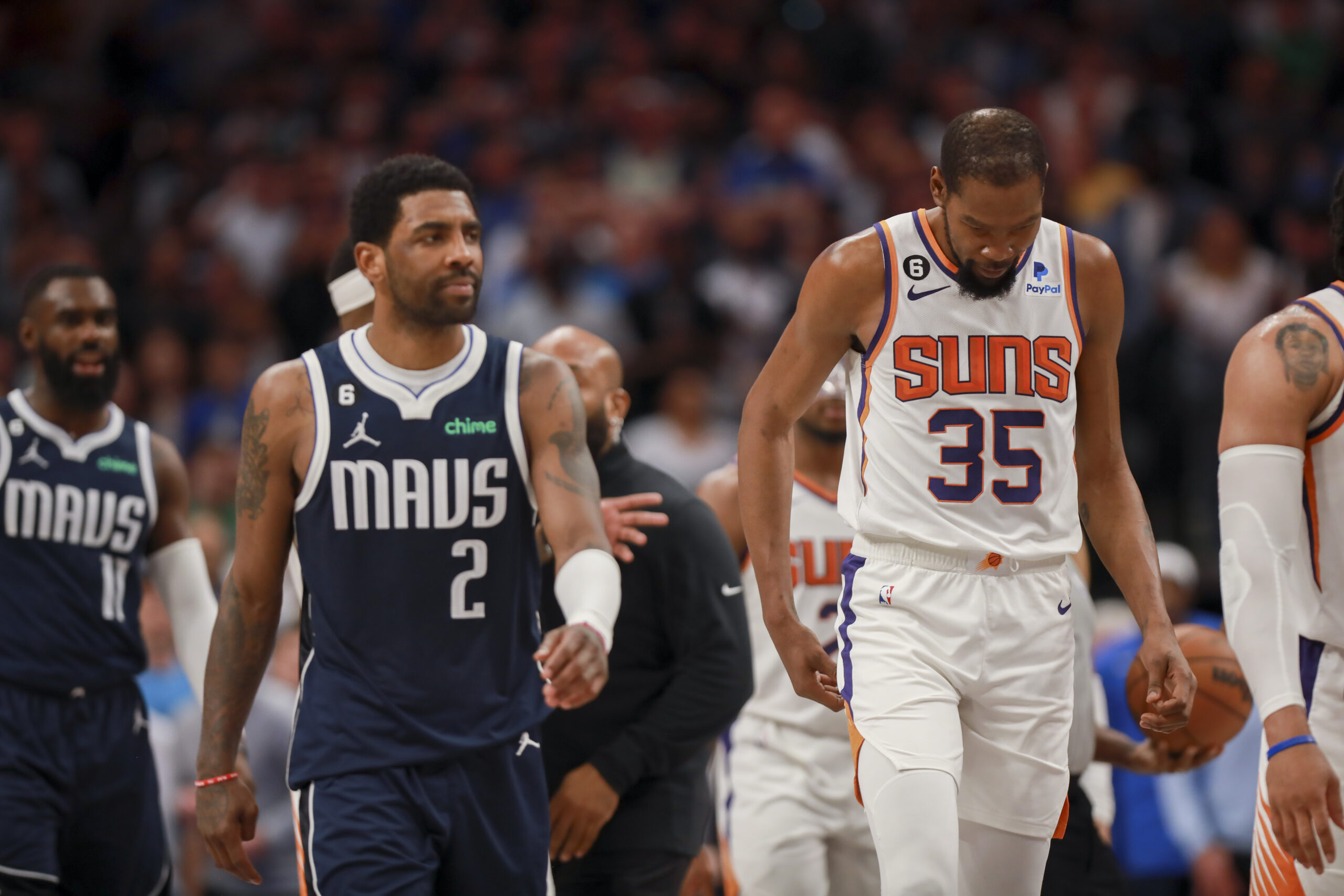This weekend marks the Final Four, a culmination of busted brackets and Cinderella stories. The 2023 tournament has truly exemplified madness in March. However, another kind of madness has been brewing in professional basketball for years, underscored by the recent departures of Kyrie Irving and Kevin Durant from the Brooklyn Nets to the Dallas Mavericks and Phoenix Suns, respectively.
A new era of player empowerment
LeBron James’ “Decision” to take his talents to South Beach, leaving his hometown Cleveland Cavaliers, marked the beginning of the “player empowerment” era. Since then, high-profile players have used their superstar power and influence to pressure management, forcing trades to desired teams, regardless of their current contract situations. Occasionally, these players create chaos until the downside of keeping them outweighs the benefits (James Harden serves as a prime example).
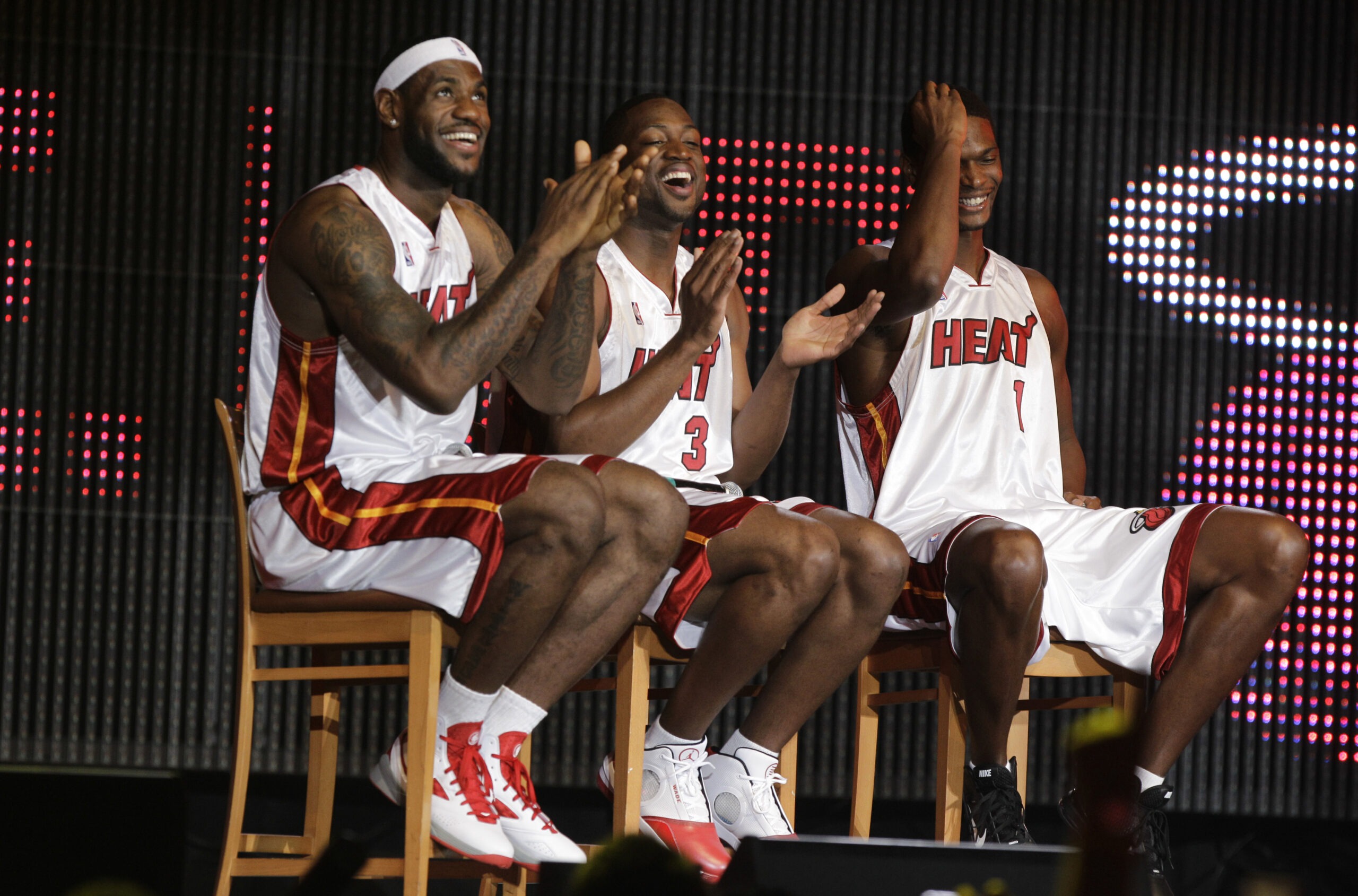
LeBron’s initial move to Miami, where he teamed up with Dwayne Wade and Chris Bosh, resulted in two NBA championships in four years – not bad, but not as impressive as initially predicted. Durant’s move to the Warriors earned him two championship rings, but Golden State had already won two championships before his arrival and likely would have continued to succeed with or without him.

However, these examples represent the best outcomes. Many other instances, including the recent situation involving Harden, Irving, and Durant in Brooklyn, have ended disastrously. Pegged by many as the ultimate “inmates running the asylum” experiment, the trio ended up playing a total of 16 games together and winning a single playoff series. Other low points include: KD demanding the team fire Steve Nash and Sean Marks or trade him, Kyrie missing 35 home games due to his refusal to get the Covid-19 vaccine, and, of course, the ultimate departure of all three superstars without even coming close to a Larry O’Brien trophy.
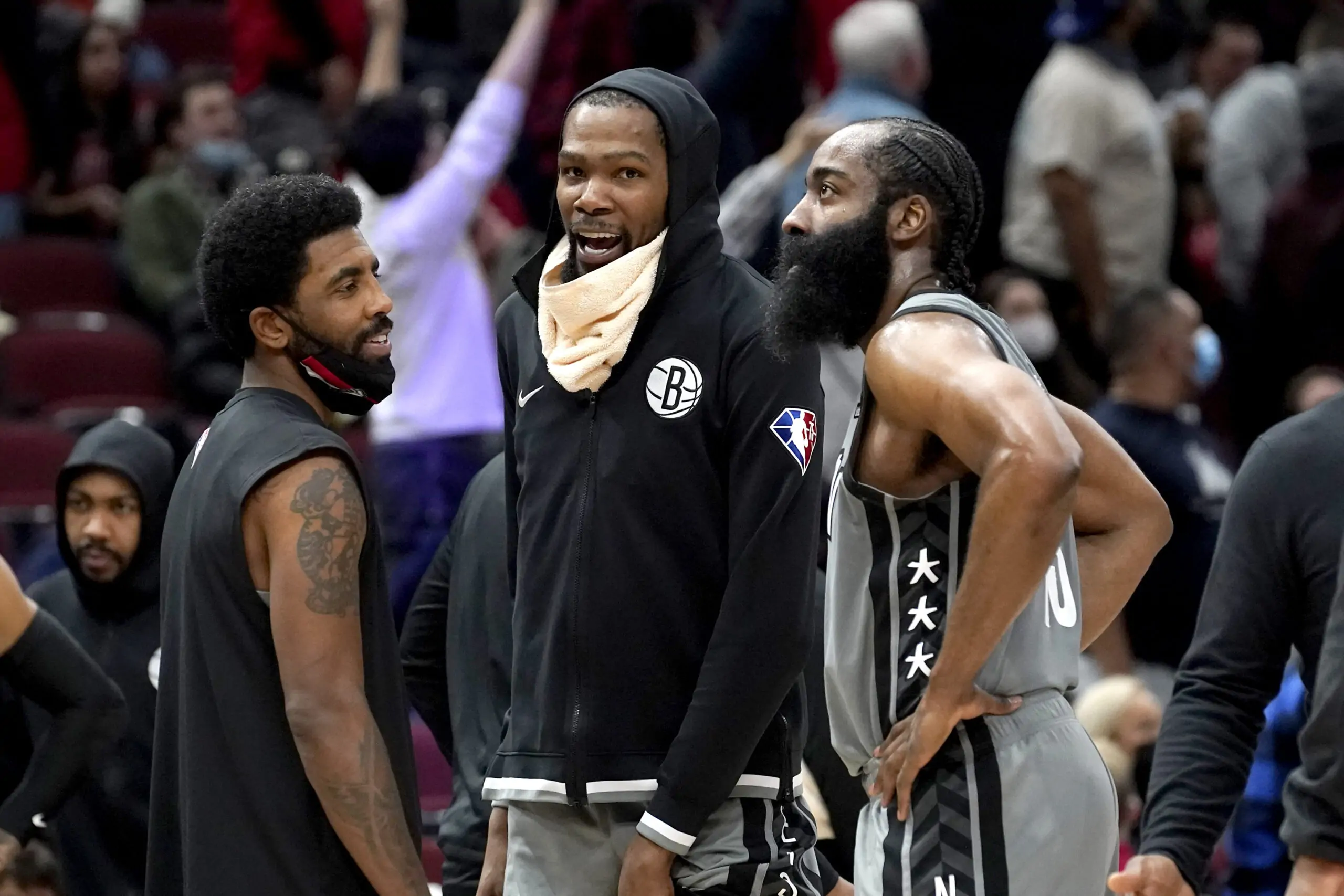
Even LeBron’s (and subsequently Anthony Davis’) move to the Lakers could be considered a bust, despite the 2020 NBA bubble championship. They may be headed for their second straight year of missing the playoffs despite the added play-in games.
Traditional basketball enthusiasts often assert that the game thrived when players concentrated on their performance and left team matters to management, attributing the absence of team chemistry and lasting franchise success to this shift in power dynamics. However, it is interesting to note that these very same purists frequently champion labor rights and personal liberties in other aspects of their existence.
The right to choose
The most talented employees in almost any profession typically work where they want, for whom they want. Billionaire NBA owners might not like it, but it’s the truth. Reaching the NBA is a monumental achievement, and only about 5-10% of NBA players are considered “superstars.” Almost every NBA player makes it to the league because of their talent, unlike some owners who have inherited financial and social privilege through generational wealth.
Racial dynamics
It’s impossible to ignore that every principal NBA owner besides Michael Jordan, Vivek Ranadivé, Joseph Tsai, and Dwayne Wade is white, and the racial dynamics of white owners trying to limit the freedom of a majority-Black NBA player population is very real. These owners are, for the most part, uber-successful business people used to getting what they want, when they want it, and how they want it.
To them (and many NBA fans), the thought of letting young Black men choose their own paths, while making millions of dollars, despite potential objections from ownership and front offices, is often just too much to swallow.
Media gatekeepers and the rise of athlete-driven content
The power struggle between the league’s stars and management often unfolds through passive-aggressive media exchanges. NBA writers and “insiders” are sometimes used as mouthpieces for general managers, agents, or owners, sharing information that favors one side or the other based on their connections. There’s a reason certain reporters, like ESPN’s Adrian Wojnarowski and Adam Schefter, always seem to get the biggest scoops before anyone else, and then sometimes don’t report on certain stories at all.
Many players have gotten wise to the notion that the entire sports media industrial complex is not always beneficial to their brand (or finances). With the rise of social media and plug-and-play platforms for podcasting and streaming, it’s much easier for players to create their own identity, voice, and surrounding revenue streams without the help of mainstream media. Why do an interview on broadcast TV when you can create, shape, and release your own content without oversight from league partners?
LeBron’s media company, Springhill, has done just this. It brings the athlete’s voice directly to the consumer with a message that’s tailor-made by the athlete themselves. It can even serve as an instrument to put pressure on NBA franchises or brands that don’t align with their social and political goals.

Draymond Green’s successful foray into the podcast space with The Draymond Green Show is yet another example. And he’s not just lining up a post-retirement media job, he’s doing it while he’s playing. Often commenting on on-court spats with opposing players, technical foul calls, and ongoing social issues.
So even if you have issues with the on-court results of player empowerment, there’s more to life than just dribbling a basketball.
Cat’s out of the bag
Regardless of what you may think about the new power dynamics of the NBA, one thing is for certain: there’s no going back. Well, at least for the best of the best.
The truth is it all boils down to value and talent. If a player is valuable enough that their presence alone can transform a team’s playoff chances (and the entire economy surrounding the franchise), they’re always going to have a say in their future employment prospects – whether you like it or not.
This new crop of NBA superstars has not only realized their power on the floor but off of it as well, advocating for social justice in the face of constant police violence and systemic racism. Gone are the days of “toeing the line,” and the NBA is better off for it.
